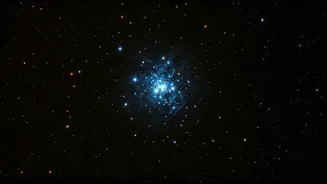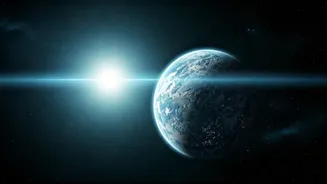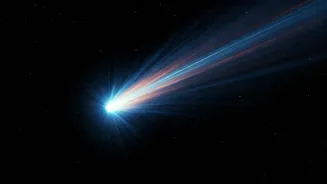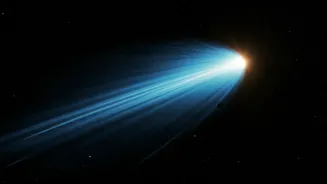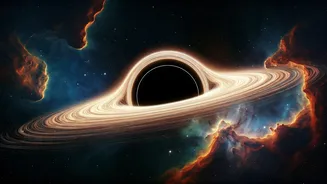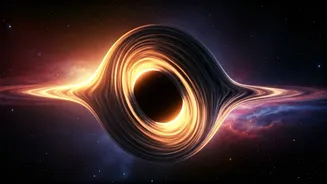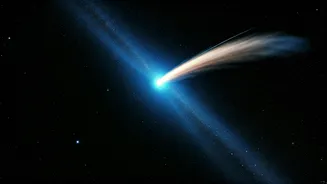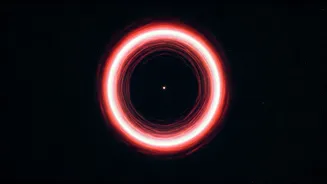A Galactic Ripple
The Milky Way, contrary to the static image often portrayed, is in constant motion. It rotates, wobbles, and now, it has been found to exhibit a giant
wave moving outwards from the galactic center. This intriguing phenomenon was discovered by studying the detailed positions and movements of young giant stars and Cepheid stars, which can be tracked with the help of telescopes like Gaia. Scientists observed the wave pattern of the vertical motions, slightly shifted horizontally relative to the pattern formed by the star's vertical positions. This observed behavior aligned with their expectations of a wave. The scale of this wave is enormous, affecting stars across tens of thousands of light-years within the galactic disc.
The Stadium Wave
The galactic wave can be visualized using an analogy: a 'wave' in a stadium. Picture a crowd standing, sitting, and preparing to stand, all at different phases of the wave. Similarly, the stars in the Milky Way are at various positions within this cosmic ripple. Stars in the red-colored regions in the face-on and edge-on maps are the ones standing upright. The stars with the largest positive vertical motions, represented by large white arrows pointing upwards, are the ones just starting to stand up ahead of the incoming wave. The wave's structure is visible with the positions of thousands of bright stars shown in red and blue overlaid on the image, which also shows its wave-like behavior when analyzing the stellar motions.
Origins Unknown
The origin of this galactic wave remains a mystery to astronomers. This great wave could be related to another smaller-scale rippling motion called the Radcliffe Wave, located 500 light-years from the Sun and extending over 9,000 light-years. The newly discovered wave is indicated in red and blue: in red areas, the stars lie above the warped disc, and in blue areas, the stars lie below. Scientists suggest further research is needed to determine the nature of these waves. The wave stretches over a vast portion of the galactic disc, affecting stars roughly 30,000–65,000 light-years away from the galactic center. For context, the Milky Way is around 100,000 light-years across. Scientists have known for nearly a century that stars orbit the galactic center. The European Space Agency's Gaia space telescope has enabled scientists to make these top-down and edge-on maps.
Future Research
The discovery of this galactic wave opens exciting avenues for future research. Scientists plan to use even better positions and motions for Milky Way stars, including variable stars like Cepheids, to enhance their maps and improve their understanding of these features. The observed wave behavior is consistent with expectations and possibly related to the Radcliffe Wave. Eloisa Poggio and her team, who led the discovery, emphasize that while the Radcliffe Wave is much smaller, the two waves could be related. The ability to measure the motions of stars within the galactic disc is crucial in mapping these phenomena. The Gaia's precise 3D vision has allowed scientists to map these movements and analyze the wave's behavior, promising further revelations about our galaxy.


